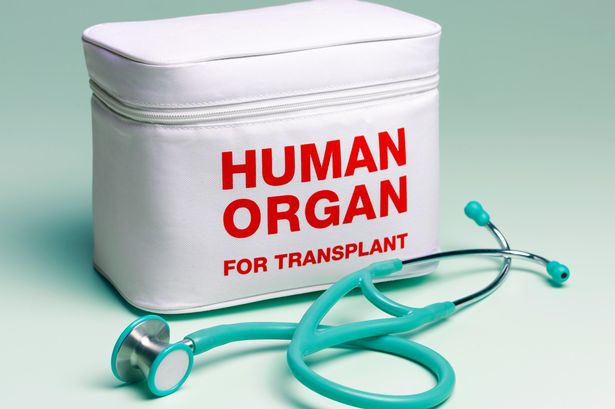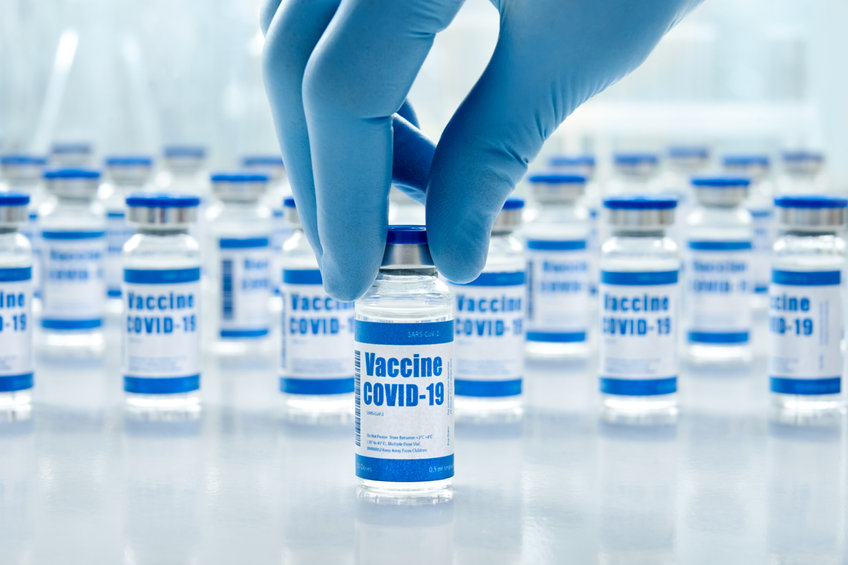This ESRD facility monthly newsletter highlights the latest ESRD insights and resources. Our goal is to provide you with a resource that makes it easy for you to stay on top of trends and support you in providing the best possible care for those you work with and serve.
In This Issue:
“I’m glad it’s finally hot enough to complain about how hot it is.”
Unknown

All joking aside, it is hot, tempers are flaring, and fuses are short. As you will learn in the Behavioral Health section, we are here to help with these types of issues, and we generally have a greater chance of success if we are notified in the early stages of a conflict. We are also happy to help you with your quality improvement needs. Please contact us if assistance is needed. It is what we are here for!
Behavioral Health
 Your clinic should feel safe for your team and your patients. These days it is difficult to feel safe due to COVID and gun violence. Everyone is on edge. Mental health visits to the emergency rooms are significantly high. Dialysis facilities are on the front lines of this cultural crisis. The Network wants to assist you with keeping your clinic safe. We want to partner with you early to address escalating behavioral issues and assist in implementing interventions before an involuntary discharge (IVD) becomes the only option. Call us early, whenever signs indicate a patient is becoming unstable and potentially threatening. We will provide education for the patient and family to ensure they are aware that an IVD due to disruptive or threatening behavior could cause other providers to deny admission, resulting in emergency dialysis only.
Your clinic should feel safe for your team and your patients. These days it is difficult to feel safe due to COVID and gun violence. Everyone is on edge. Mental health visits to the emergency rooms are significantly high. Dialysis facilities are on the front lines of this cultural crisis. The Network wants to assist you with keeping your clinic safe. We want to partner with you early to address escalating behavioral issues and assist in implementing interventions before an involuntary discharge (IVD) becomes the only option. Call us early, whenever signs indicate a patient is becoming unstable and potentially threatening. We will provide education for the patient and family to ensure they are aware that an IVD due to disruptive or threatening behavior could cause other providers to deny admission, resulting in emergency dialysis only.
Consistency is key to managing the clinic’s safety and addressing behavioral health issues. Points to implement:
- Review clinic rules and empower all clinic staff to enforce the rules.
- Hold huddle/homeroom meetings to remind staff how to communicate in a non-confrontational manner.
- Develop relationships with the patients that foster open communication in reporting safety concerns.
- Set clear expectations on admission, including a face-to-face meeting with the administrator, clinic manager or MSW for behavioral concerns.
CMS Goals:
- Increase the number of patients accurately screened and treated by a mental health professional for depression.
- Ensure that facilities report depression screening in EQRS.
Network 8 Contact: ericka.webb@allianthealth.org
Network 14 Contact: ednesha.smith@allianthealth.org
Home Dialysis
 The Medical Education Institute developed a new professional resource and made it available on the Home Dialysis Central website. This resource addresses how to discuss home treatment options with patients, including how to handle the patients’ emotions, offering hope for a good life, and providing resources that may help make a patient’s modality choice clearer. This information is particularly important, as the way we talk to patients—by addressing fear and offering hope—is critical to making these challenging conversations easier.
The Medical Education Institute developed a new professional resource and made it available on the Home Dialysis Central website. This resource addresses how to discuss home treatment options with patients, including how to handle the patients’ emotions, offering hope for a good life, and providing resources that may help make a patient’s modality choice clearer. This information is particularly important, as the way we talk to patients—by addressing fear and offering hope—is critical to making these challenging conversations easier.
CMS Goals
- Increase prevalent patients added to a home modality.
- Increase incident patients added to a home modality.
- Increase the use of telemedicine for home modality in rural areas.
Resource: MEI Guide for Professionals on How to Discuss Home Treatment Options
Home Dialysis Contact: maryam.alabood@allianthealth.org
Hospital Admissions, Readmissions, and Emergency Visits

Were you aware that some populations are at a much higher risk of death from COVID-19? By recognizing, identifying and minimizing health disparities, we can improve outcomes and potentially decrease hospitalizations and unnecessary ER visits. The Centers for Disease Control and Prevention (CDC) developed a CORE strategy to help providers incorporate health equity interventions in their normal practice.
CMS Goals
-
Decrease hospital readmissions.
-
Decrease hospital 30-day unplanned readmissions.
-
Decrease emergency department visits.
-
Decrease COVID-19 hospitalizations.
Resource:
CORE strategy
What is Health Equity?
QA/QAPI Series Registration
Hospitalization Contact: dany.anchia@allianthealth.org
Transplant
 The Forum of ESRD Networks Kidney Patient Advisory Council (KPAC) has designed a patient-directed kidney transplant toolkit to assist patients in navigating the transplant process. Transplant is often recommended as the best option for patients, but there are several factors to consider when determining if a transplant is right for patients. This toolkit is presented from the patient’s perspective to help patients make that decision. Share and review the toolkit with your patients interested in a kidney transplant.
The Forum of ESRD Networks Kidney Patient Advisory Council (KPAC) has designed a patient-directed kidney transplant toolkit to assist patients in navigating the transplant process. Transplant is often recommended as the best option for patients, but there are several factors to consider when determining if a transplant is right for patients. This toolkit is presented from the patient’s perspective to help patients make that decision. Share and review the toolkit with your patients interested in a kidney transplant.
CMS Goals:
-
Increase patients added to the transplant waitlist.
-
Increase the number of patients receiving a kidney transplant.
Resource: Is a Kidney Right for Me Toolkit
Transplant Contact: arlandra.taylor@allianthealth.org
Vaccinations
 The ESRD National Coordinating Center (NCC) has developed a change package to increase vaccinations. The change package is composed of key change ideas to drive local action regarding vaccinations. It is intended to support dialysis facilities in increasing the number of patients receiving COVID-19, influenza and pneumococcal vaccinations. Familiarize yourself with the vaccination change package and choose change ideas you are willing to implement to improve vaccination rates in your facility.
The ESRD National Coordinating Center (NCC) has developed a change package to increase vaccinations. The change package is composed of key change ideas to drive local action regarding vaccinations. It is intended to support dialysis facilities in increasing the number of patients receiving COVID-19, influenza and pneumococcal vaccinations. Familiarize yourself with the vaccination change package and choose change ideas you are willing to implement to improve vaccination rates in your facility.
CMS Goals:
- Achieve a patient COVID-19 vaccination rate of 80%.
- Achieve patient influenza vaccination rate of 90%; achieve 90% of staff influenza vaccination.
- Achieve patient pneumococcal conjugate 13 (PCV, Prevnar 13) vaccination rate of 56%.
- Achieve patient pneumococcal polysaccharide (PPSV, Pneumovax 23) vaccination rate of 87%. Achieve a PPSV vaccination rate of 80% of patients over 65.
- Achieve patient PPSV booster vaccination rate of 43%.
Resource: Change Package to Increase Vaccinations
Vaccinations Contact: kristi.durham@allianthealth.org
Patient and Family Engagement (PFE)
 Patients who choose dialysis at home or receive a transplant improve their lives by taking less medication, having more energy and being able to travel, and going back to work or school. Patients who receive in-center dialysis can also go back to work or school. In many cases, patients will not lose their Supplemental Security Income (SSI) benefits.
Patients who choose dialysis at home or receive a transplant improve their lives by taking less medication, having more energy and being able to travel, and going back to work or school. Patients who receive in-center dialysis can also go back to work or school. In many cases, patients will not lose their Supplemental Security Income (SSI) benefits.
The goal for Rehabilitation Services is to help people continue their education, keep their jobs or get new jobs. They can help renal patients with job training, classes at community colleges and job placement. Your facility’s social worker should have contact information for patients for their area Rehabilitation Services or other job counselors.
Patients who return to school or work can benefit by increasing the patient’s self-sufficiency and having greater independence financially. Reducing depression can also help patients who work, attend school or volunteer.
Talk with your patients about vocation rehabilitation and how it can help them. Also talk with them about moving to a home/PD dialysis program or getting a transplant. Help them reach their goals!
Resources:
Social Security Administration: Ticket to Work
Ticket to Work: Fact Sheet
Ticket to Work: My Employment Options
AAA Take Charge: https://www.aaatakecharge.com/
National Telecommuting Institute: NTI
PFE Contact: debbie.odaniel@allianthealth.org
EQRS Resources
EQRS New User Training, August. Register here.
Missed the June Town Hall?? Slides are here.
Contact: robert.bain@allianthealth.org
Contact: sade.castro@allianthealth.org